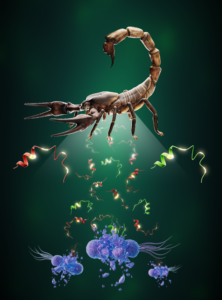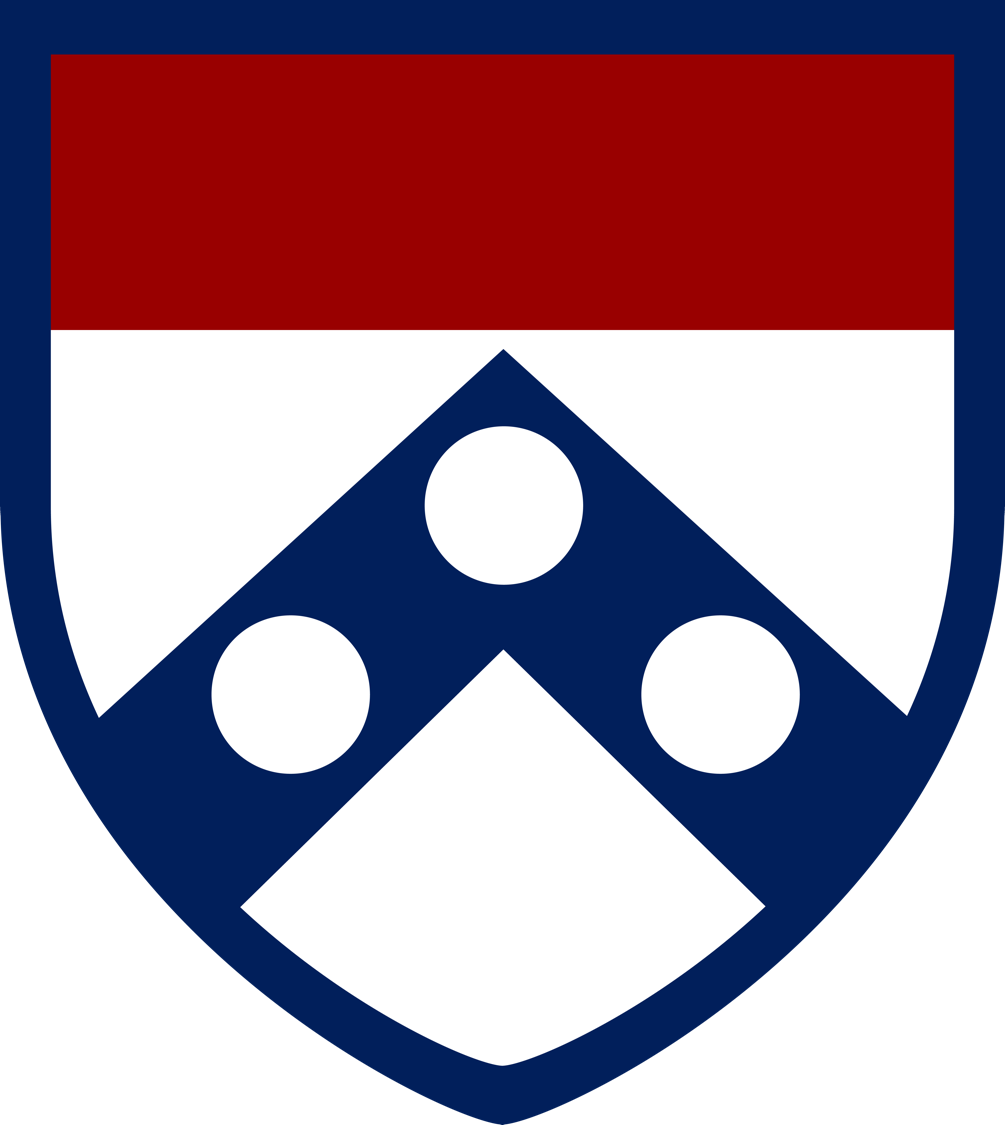Introduction: 
In a study published in Nature Communications Biology, researchers reveal a novel approach to developing antimicrobial peptides (AMPs) with enhanced antimicrobial activity and significantly reduced toxicity to human cells. Inspired by the modularity of Lego blocks, the paper titled “Molecular Hybridization Strategy for Tuning Bioactive Peptide Function” describes the design of hybrid AMPs (hAMPs) by fusing sequences from diverse active peptide molecules, resulting in bioactive variants that excel in both efficacy and safety.
Antimicrobial Peptides: Nature’s Antibiotics
Antimicrobial peptides, natural defense molecules found in most organisms, have shown great potential as therapeutics due to their ability to combat a wide range of pathogens. However, their development has been historically hindered by their toxicity to human cells, limiting their clinical applications. This study effectively demonstrates that, much like constructing with Lego blocks, peptide building blocks can be combined to mitigate AMP toxicity while concurrently enhancing their antimicrobial activity.
Building Blocks:
In the quest to develop safer and more effective AMPs, the research team drew inspiration from nature’s treasure trove. By ingeniously hybridizing sequences from distinct active peptides, including the amphipathic faces of the highly toxic VmCT1 peptide found in scorpion venom, and segments of four other naturally occurring peptides known for their robust antimicrobial properties and minimal harm to human cells, the researchers delineated a pathway for the development of seven synthetic bioactive variants. These hybrid AMPs exhibited antimicrobial activity spanning from 3.1 to 128 μmol L-1, providing a versatile range of potency against an array of pathogens.
Notably, five of these peptides, encompassing three hAMPs, demonstrated extraordinary antiplasmodial activity at an astonishingly low concentration of 0.8 μmol L-1, all the while averting any undesired toxic effects on red blood cells. These findings open the door to the development of novel bioactive molecules with therapeutic potential.
Venoms: Nature’s Hidden Antibiotics
This research further highlights the enormous potential hidden within nature’s venoms as a rich source of antibiotics. By tapping into these venoms, scientists can access a diverse repertoire of bioactive compounds to combat bacterial pathogens. The study showcases the value of exploring unconventional sources and underscores the urgency of developing innovative strategies to combat antibiotic resistance.
A Lego Analogy for Science:
Dr. Cesar de la Fuente, a co-corresponding author of the study, shared his enthusiasm, drawing a playful analogy: “Our approach to hybridize natural peptides to create new antibiotics is like building with Lego blocks.”
Charting a Path Forward:
This work paves the way for further research and development in the field of antibiotics, offering new avenues for combating infectious diseases and addressing the urgent global need for effective and safe antimicrobial therapies.
For more information on this study, please refer to the full paper published in Nature Communications Biology: https://www.nature.com/articles/s42003-023-05254-7.
For more information, please contact:
Machine Biology Group
University of Pennsylvania
Authors:
Machine Biology Group
Published:
October 24, 2023
About Machine Biology Group:
The mission statement of the Machine Biology Group at the University of Pennsylvania is to use the power of machines to accelerate discoveries in biology and medicine.
